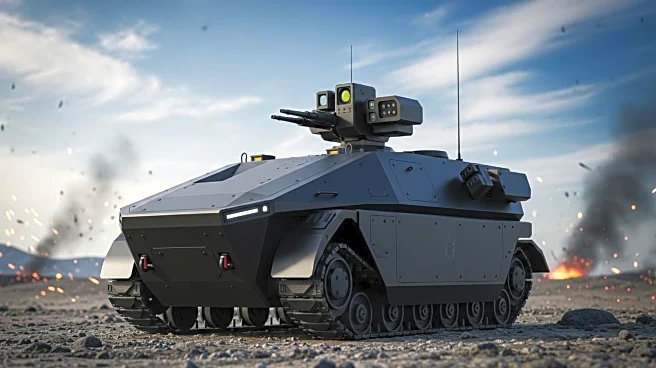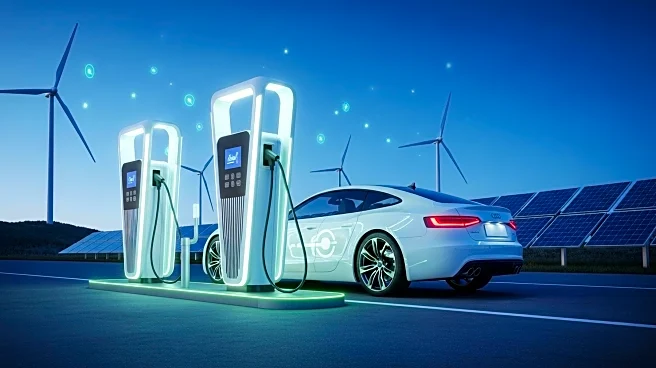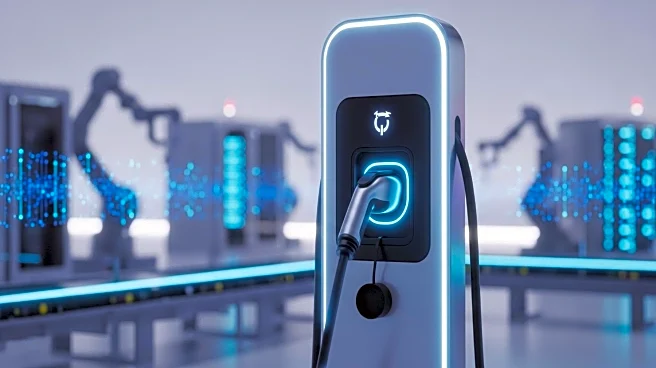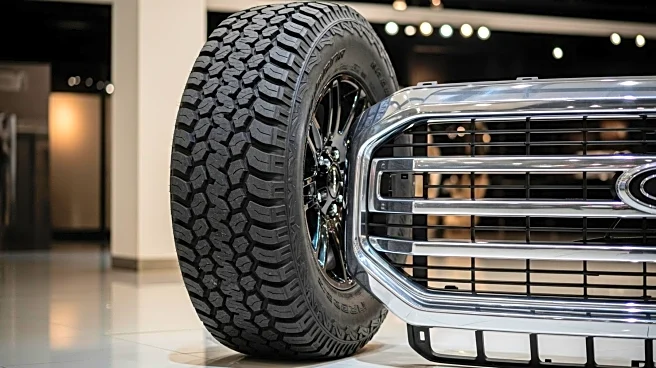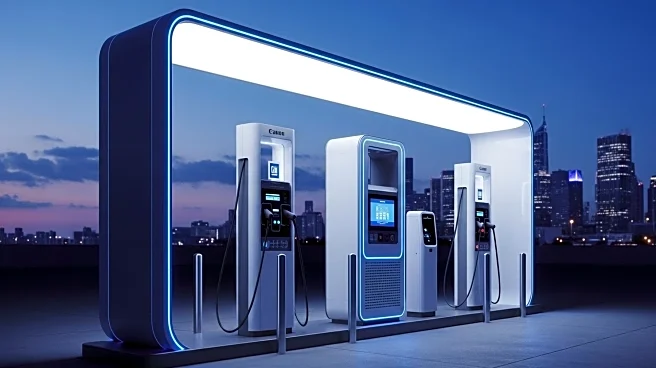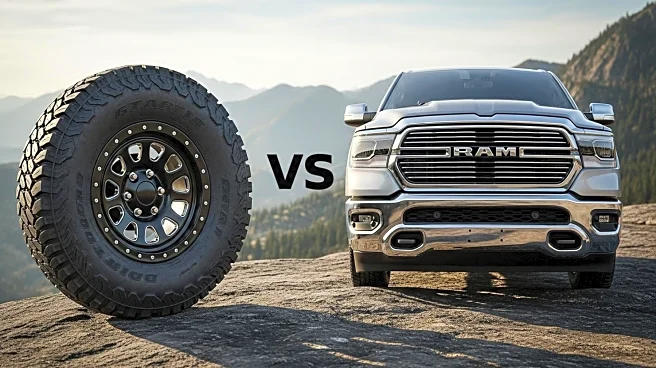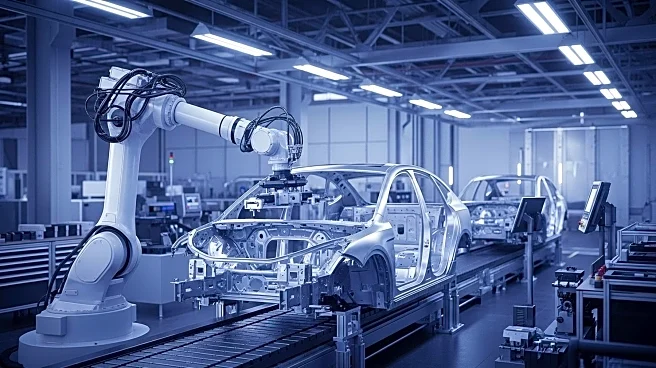What's Happening?
GM Defense recently showcased new variants of its Infantry Squad Vehicle (ISV) at the General Motors Milford Proving Ground in Michigan. The event highlighted the ISV and ISV-Utility (ISV-U), both based on the Chevrolet Colorado midsize pickup and powered by a Duramax turbodiesel engine. These vehicles are designed for light infantry and mobile brigade combat teams, as explained by Stephen duMont, president of GM Defense. The ISV-U offers a driving experience similar to the Colorado, which reduces training time for troops. Additionally, the ISV-Heavy (ISV-H), based on the Chevrolet Silverado, is a heavy-duty hybrid truck equipped with a 100 kW h battery for silent operations and energy provision on the battlefield.
Why It's Important?
The introduction of these new ISV variants by GM Defense represents a significant advancement in military vehicle technology. The vehicles are designed to enhance the mobility and operational capabilities of light infantry and mobile brigade combat teams. The hybrid technology in the ISV-H allows for silent operations, which can be crucial in tactical situations. This development may influence military procurement decisions and could lead to increased demand for GM Defense's products, impacting the defense industry and potentially leading to further innovations in military vehicle design.
What's Next?
GM Defense's new ISV variants are likely to undergo further testing and evaluation by military stakeholders. The successful integration of these vehicles into military operations could lead to additional contracts and collaborations between GM Defense and the U.S. military. As the vehicles are designed to reduce training time, military units may begin incorporating them into their training programs, potentially leading to faster deployment and operational readiness.
Beyond the Headlines
The development of hybrid military vehicles like the ISV-H reflects a broader trend towards sustainability and energy efficiency in defense technology. This shift could have long-term implications for military strategy and environmental impact, as silent operations and reduced fuel consumption become more prevalent. Additionally, the use of civilian vehicle platforms for military applications may lead to increased collaboration between automotive and defense industries.

